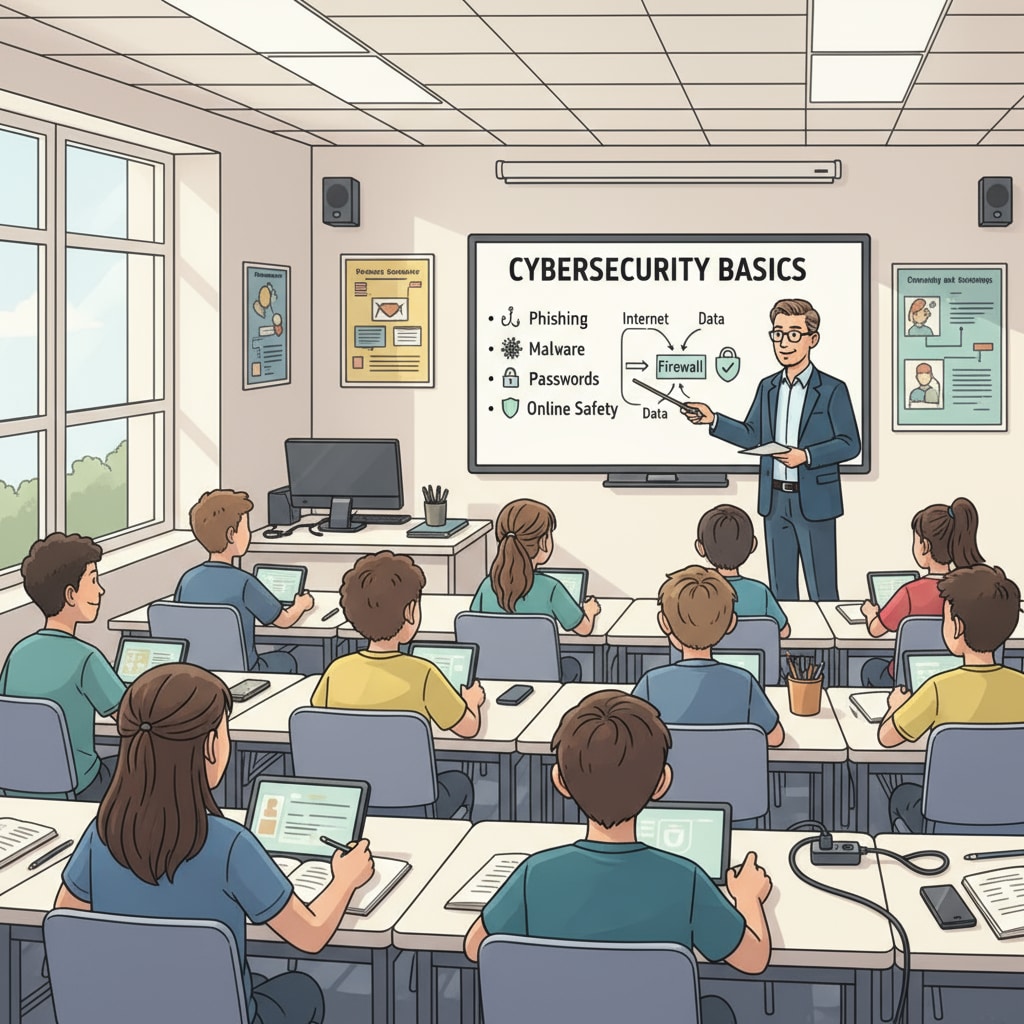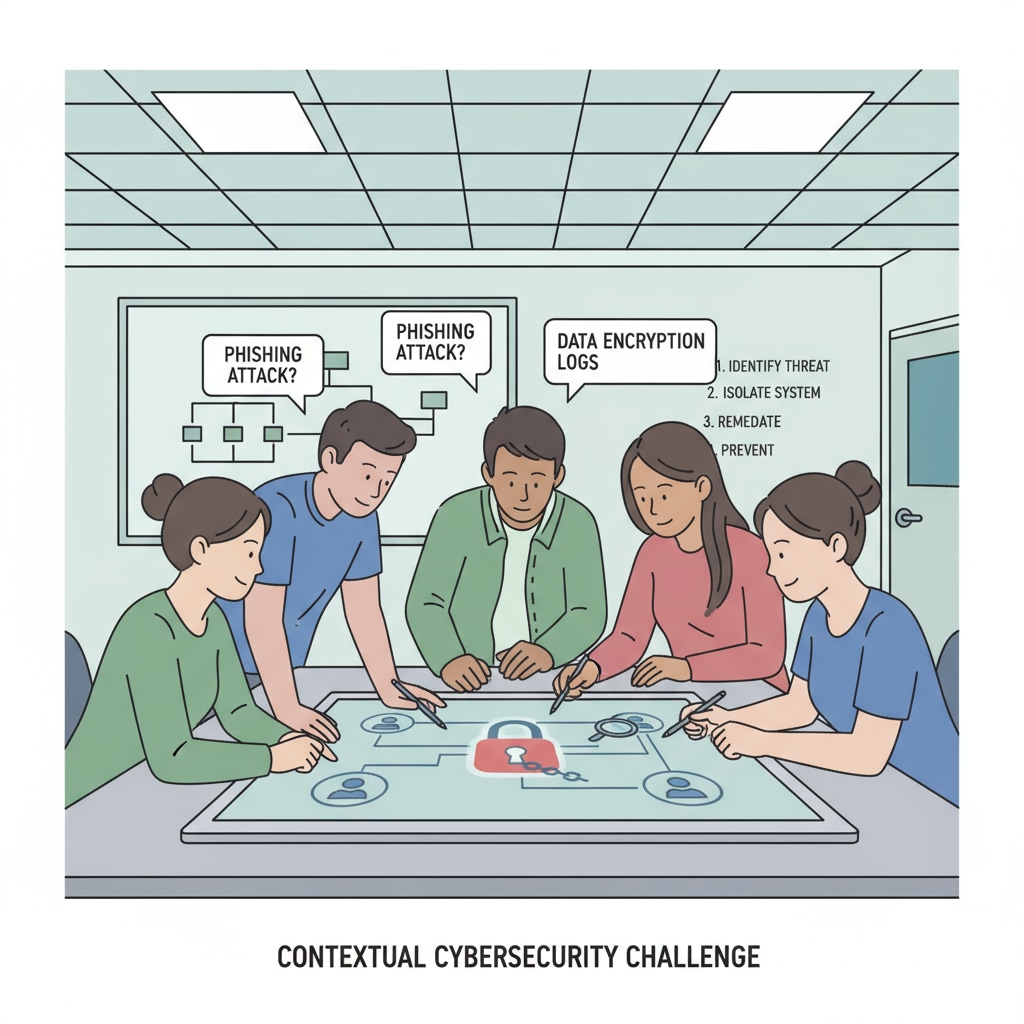In the digital age, cybersecurity education, student engagement, and teaching methods are of utmost importance, especially when it comes to K12 students. As digital natives, these students are constantly exposed to the online world, but traditional, didactic safety courses often fail to capture their interest. In this article, we will explore ways to make cybersecurity education more effective and appealing.

The Need for Innovation in Cybersecurity Education
Traditional cybersecurity education in K12 schools typically involves lectures and textbooks. However, this approach has limitations. For example, students may not fully understand the real – world implications of online threats. According to Educause, a leading organization in education technology, students are more likely to engage with content that is relevant and interactive. Therefore, new teaching methods are required to address this issue.
情境化学习(Contextual Learning) for Enhanced Understanding
Contextual learning involves presenting cybersecurity concepts within real – life scenarios. For instance, teachers can create case studies where students have to analyze and solve problems related to online bullying or phishing attacks. This way, students can better understand how to apply security measures in their daily digital lives. A study by ISTE found that students who were exposed to contextual learning showed higher levels of comprehension and retention of cybersecurity knowledge.

Moreover, contextual learning can be integrated with project – based learning. Students can work on projects such as creating a safe – browsing guide for their school or developing a cybersecurity awareness campaign. This hands – on approach not only deepens their understanding but also boosts their creativity and teamwork skills.
游戏化教学(Gamification) to Increase Engagement
Gamification is another powerful tool in cybersecurity education. By turning learning into a game, students are more likely to be motivated. For example, teachers can use educational games that simulate cyberattacks and require students to defend virtual systems. These games can incorporate elements like points, levels, and rewards to keep students engaged.
There are also online platforms that offer gamified cybersecurity courses for K12 students. These platforms provide a fun and interactive way for students to learn about topics such as password security and safe social media usage. In addition, gamification can be used in the classroom through activities like quiz games and treasure hunts related to cybersecurity knowledge.
真实案例分析(Real – Life Case Analysis) for Practical Insights
Using real – life case studies is an effective way to teach cybersecurity. Teachers can present actual incidents of data breaches or online fraud and discuss how they could have been prevented. This helps students understand the consequences of poor cybersecurity practices.
For example, the case of a major company’s data breach can be analyzed to show students how a lack of proper security measures can lead to significant losses. By discussing these cases, students can learn valuable lessons and be more cautious in their own digital activities.
Readability guidance: In this article, we have explored various methods to enhance cybersecurity education for K12 students. From contextual learning to gamification and real – life case analysis, these approaches aim to increase student engagement and improve the effectiveness of teaching. By adopting these innovative methods, we can better prepare K12 students to navigate the digital world safely.


